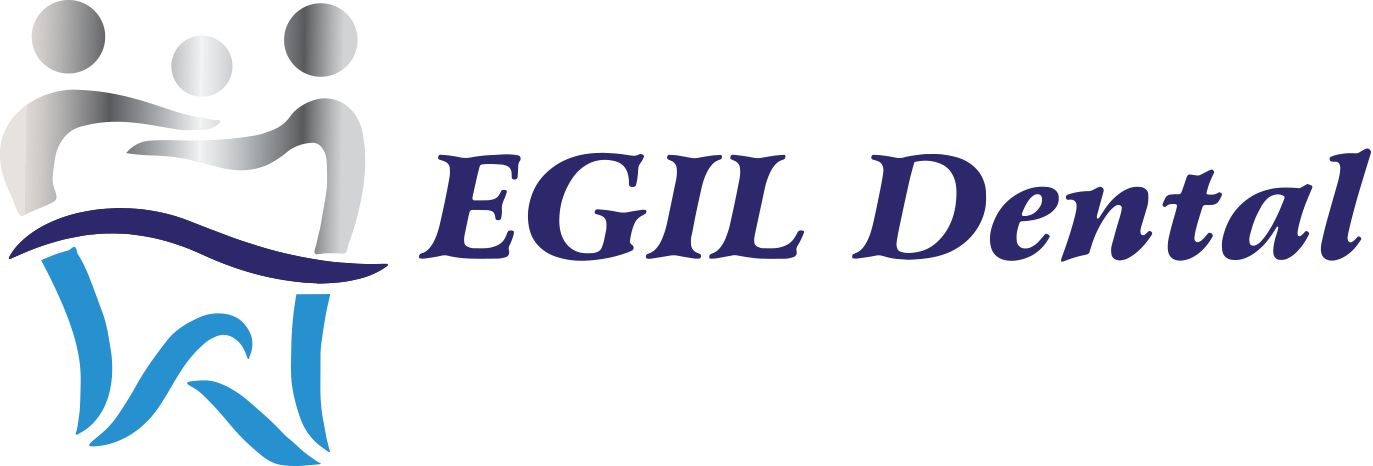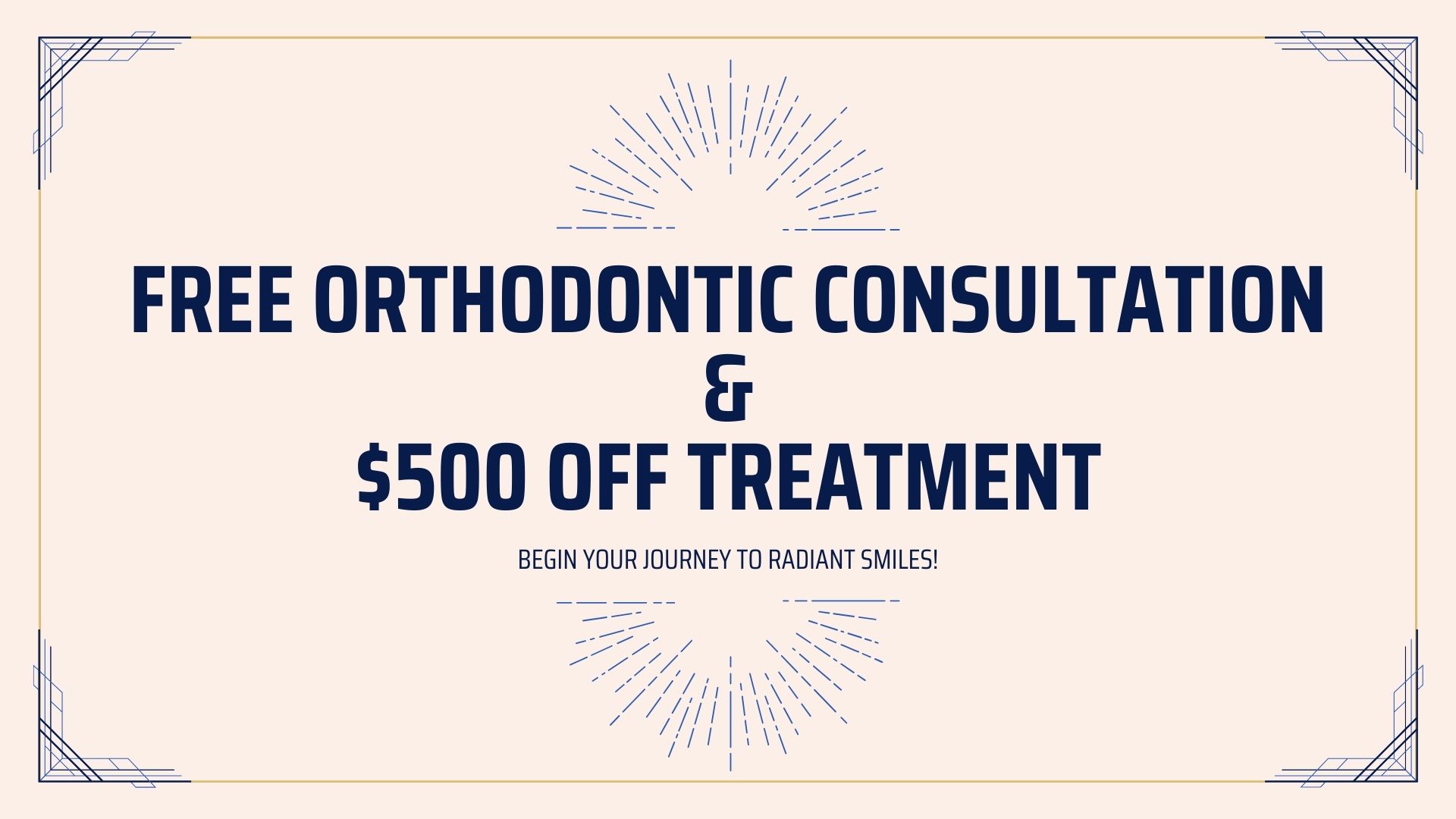Orthodontic problems can be a source of much distress and discomfort for many individuals. The good news is that, with the right treatment and care, the problem can be effectively addressed and managed. Understanding the most common orthodontic problems and their solution is an important first step in getting the help needed to address these issues.
Common Orthodontic Problems
There are a variety of orthodontic problems that can affect individuals of all ages. Some of the most common orthodontic problems include:
Overcrowding: This happens when there is not enough space in the mouth for all the teeth to fit properly.
Overbite: Characterized by the upper front teeth extending out further than the lower front teeth.
Underbite: This is when the lower front teeth protrude farther than the upper front teeth.
Crossbite: This is when the upper teeth are positioned behind the lower teeth when biting or closing the mouth.
Open bite: This is when the upper and lower teeth don’t come together properly when the mouth is closed.
Misalignment: Misalignment is a condition in which the jaw and/or teeth are out of their correct position.
Solutions for Orthodontic Problems
The good news is that orthodontic problems can be treated. Treatment varies depending on the nature and severity of the problem. Some orthodontic problems can be addressed with the use of braces, splints, and aligners, while others may require the use of surgery or other, more intensive treatments.
Braces, splints, aligners, and other similar orthodontic devices can be very effective in aligning and straightening teeth as well as re-positioning the jaws to alleviate the symptoms associated with some orthodontic problems. The treatment may extend for a period of time, depending on the severity of the problem.
For orthodontic problems that are not adequately addressed by braces or splints, surgery may be required. Orthognatic surgery is a fairly common treatment option for patients with alignment problems, and it can be very effective in addressing the problem.
Preventing Orthodontic Problems
Many orthodontic problems can be prevented with some simple preventive measures. Regular dental check-ups and cleanings can help identify potential orthodontic problems early so that they can be addressed early on, before they become more serious.
Flossing and brushing regularly, as well as cutting down on sugary foods and tobacco use can also help prevent orthodontic problems. Young children and teenagers should also be encouraged to chew crunchy foods and hard textured foods to help promote the growth and development of the jaw.
Caring for Orthodontic Devices
Proper care of orthodontic devices such as braces, aligners, and splints is important in order to ensure their effectiveness in addressing orthodontic problems. All orthodontic devices should be cleaned regularly in order to prevent the build-up of bacteria and food particles that can lead to tooth decay and gum disease.
Additionally, patient should be careful about the types of foods and drinks they consume while wearing an orthodontic device. Hard, crunchy, and sticky foods should be avoided in order to prevent damage to the device. Sugar-heavy foods and drinks should also be avoided in order to prevent tooth decay.
Conclusion
Dealing initial anguish and discomfort associated with orthodontic problems can be difficult, but the good news is that treatment options are available. An understanding of the most common orthodontic problems and their solutions is an important first step in obtaining the treatment needed to address these issues. Preventive measures and proper care of orthodontic devices can also help prevent and alleviate orthodontic problems.

